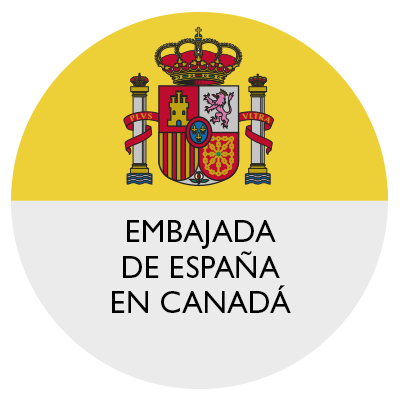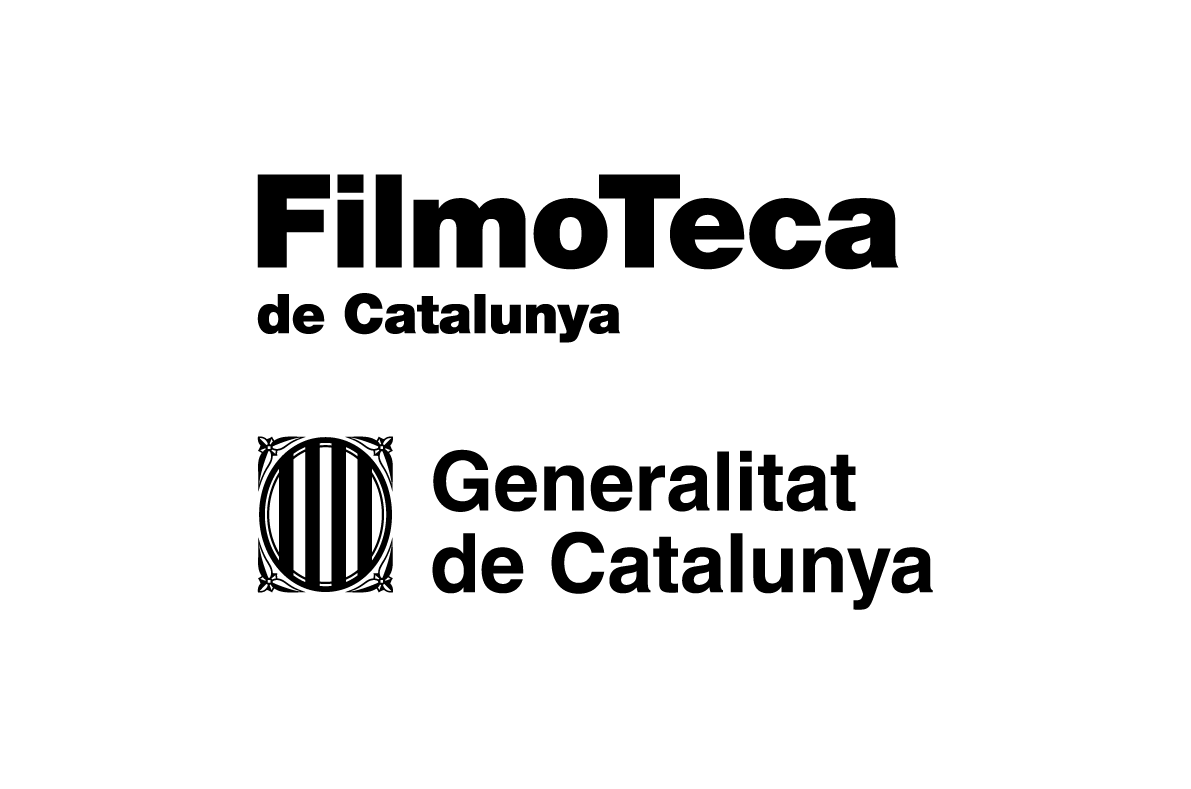The outbreak of the war in North Africa brought with it the first murders of loyal military officers and civilians. These events set the tone for what would follow in almost the entire country. Terrorizing the Republicans as a way of achieving the rapid triumph of the coup was an integral part of the plan that General Emilio Mola drew up for the rebellion. The plan failed. In many parts of Spain loyal officers and, especially, police joined with hastily formed militias to defeat the rebels. In turn, these militias took power in the streets and carried out their own terror against those they considered their enemies.
The failure of Mola’s plan left the rebels in a difficult and paradoxical situation. They had failed to take the most important centres of power: Madrid, Barcelona, and Valencia, but they controlled a powerful army that could permit them to conquer the parts of Spain that had remained loyal to the government. At the same time, because the bulk of the navy and air force had remained loyal and allowed the government to block the Strait of Gibraltar, the rebels could not get that army onto the peninsula. The solution came from Germany and Italy. Starting on July 28 they sent transport planes and fighters that allowed the rebels to establish an air shuttle between Morocco and Andalucía.
With this, the march of columns on Madrid began. The first to do so, mostly Carlist volunteers, came from Navarra and Old Castile, but they were stopped in the mountains north of the capital at the end of July. The focus of the conflict then moved south. At the beginning of August, Franco’s colonial troops began a campaign of conquest through Extremadura that was marked by their rapid defeats of Republican militias and the massacres they carried out. This successful campaign allowed Franco to consolidate his political power.
When they arrived outside Madrid in November, the colonial army expected to repeat their easy victories in Extremadura but, against all expectations, Madrid was able to resist. This was due to a number of factors. It was easier for the militias to fight in a static position with the capital behind them. They were bolstered by the arrival of the first units of the International Brigades and the first shipments of Soviet arms and the creation of the first units of the new Popular Army. The materiel situation of the two sides was now more equal than before, although the Francoists still had better troops.
Meanwhile, the part of northern Spain comprising Asturias, Santander, and the Basque Country that had remained loyal to the Republic was cut off from the French border when the rebels took Irún on September 5. Unlike the Francoists, the Republicans would now find it very difficult to move men and materiel from one part of their territory to another, which was a clear strategic handicap.







